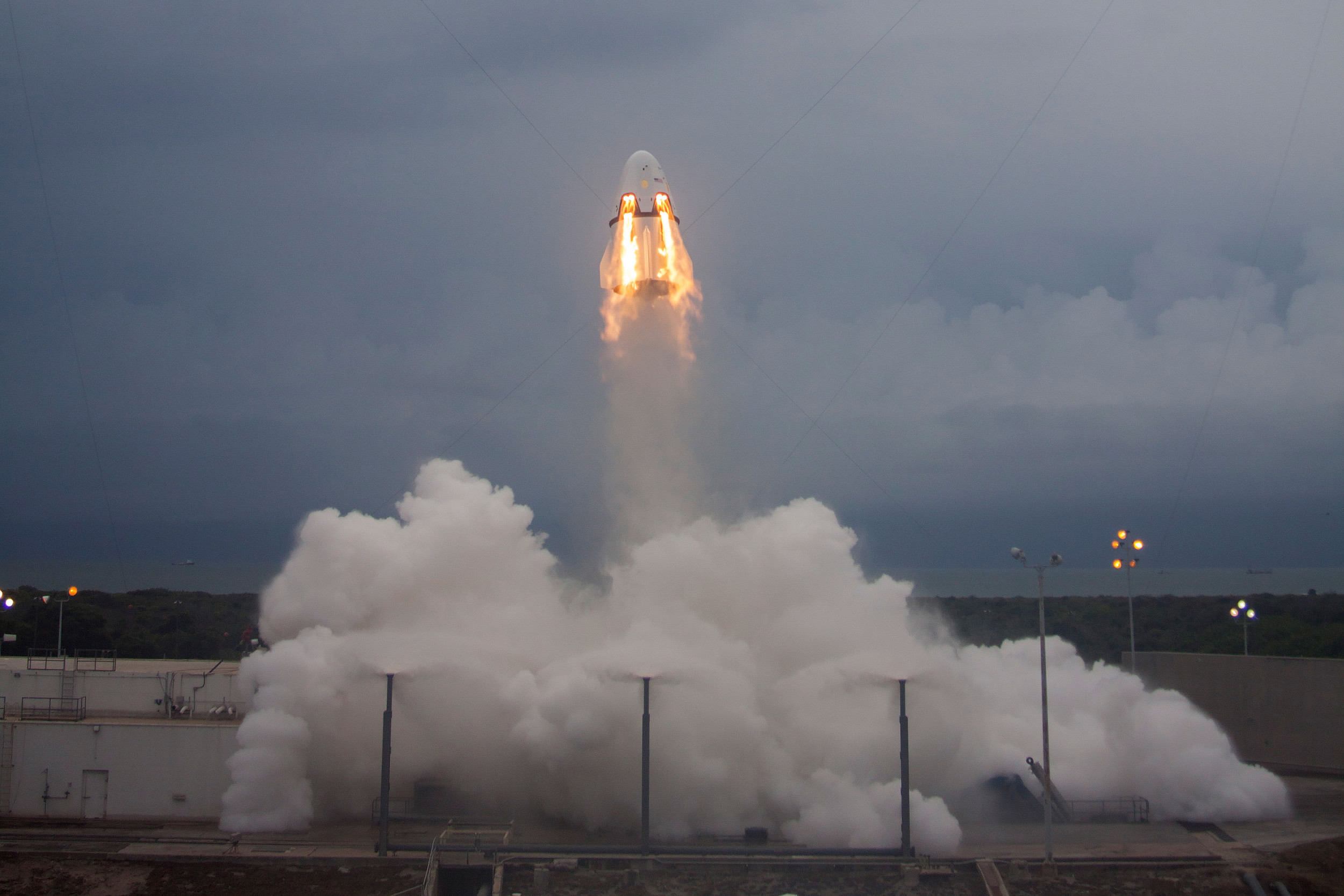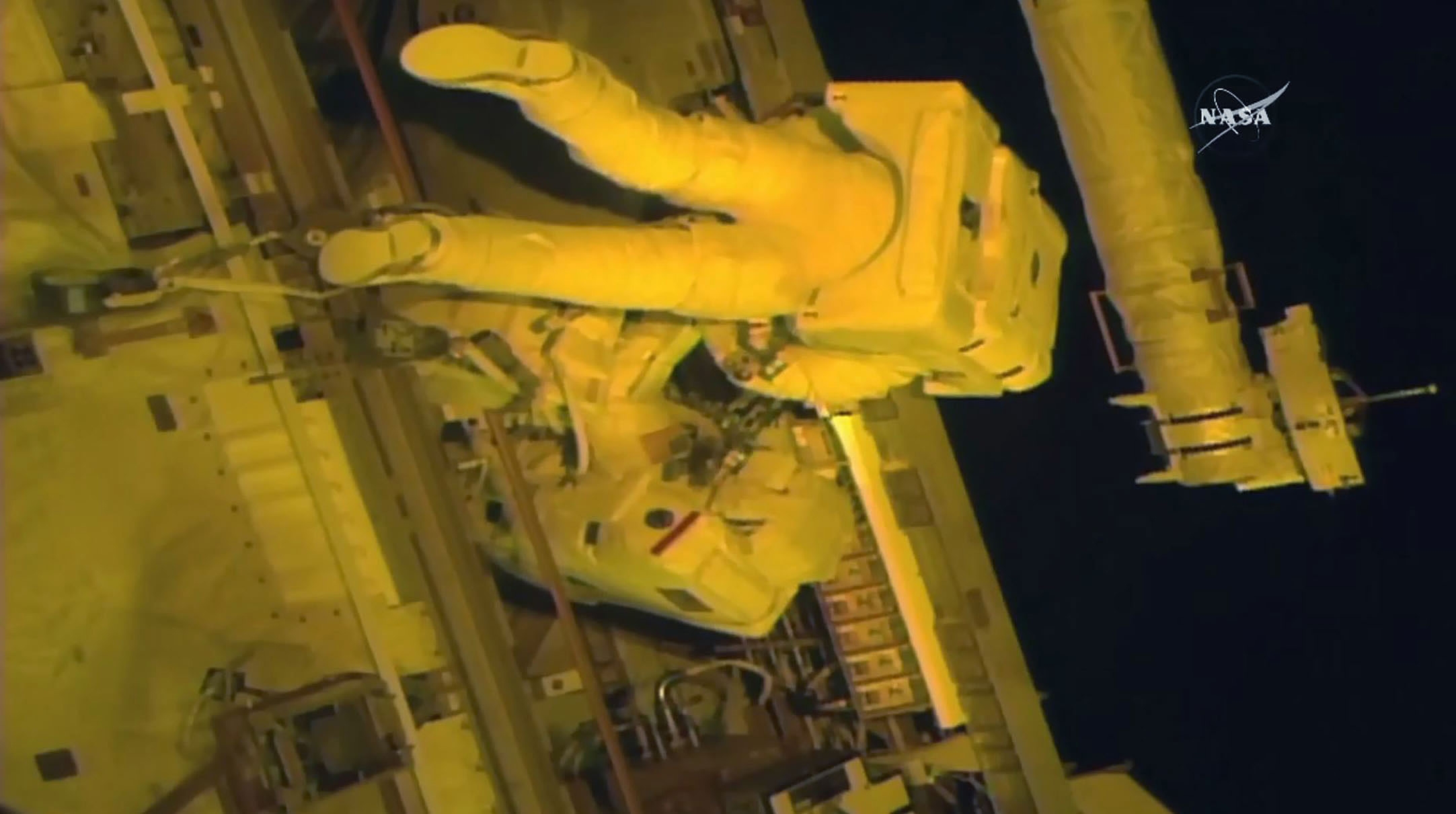SpaceX is launching the CRS-11 Dragon capsule to the International Space Station (ISS) on June 1 at 5:52 p.m. EDT (June 2 at 5:52 a.m. BJT), in what will be the aerospace manufacturer's eleventh of 14 resupply missions for NASA, and the first time China will gain access into the habitable artificial satellite.
On May 28, SpaceX performed its customary static fire test on Falcon 9 rocket at Kennedy Space Center in Florida in preparation for Thursday's launch.
The mission will see some 1,700 kilograms of pressurized and 1,600 kilograms of unpressurized cargo, or payloads that will be used externally on the ISS, delivered.

SpaceX completed the first key flight test of its Crew Dragon spacecraft in May 6, 2015. /VCG Photo
The capsule will also carry a device weighing 3 kilograms from China, which will be sent to the space station for scientific research. It will mark China's first official experimental project onboard the ISS, taking the country a step further in its space expedition.
China plans to build its own space station by 2022.
Prior to 2015, there had been no official cooperation in the space field between China and the US, as NASA and the White House Office of Science and Technology Policy were prohibited by Republican Congressman Frank Wolf from cooperating with China on space activities.

Astronauts Jack Fischer (top) and Peggy Whitson(below) carrying out repair work outside the ISS. /VCG Photo
In August 2015, an agreement was inked between the Beijing Institute of Technology and NanoRacks, a US company aiming to help commercial companies and organizations cooperate with the ISS. According to the agreement, Chinese researchers will be able to send China's own scientific experiment devices to the ISS, and investigate how the space environment affects DNA.
According to SpaceX, the capsule will arrive at the ISS on June 4 and remain attached to the orbiting lab for about a month.









